Your baby is growing so fast! From sitting up at 6 months to possibly taking those first steps by their first birthday, this period is full of incredible milestones. As your little one becomes more curious about the world around them, choosing the right toys can make a big difference in supporting their development.
If you're looking for a great starting point, our Thiingy Sensory Teething Ball is perfect for this age range – it combines teething relief, sensory exploration, and fine motor development all in one. But let's explore all the developmental toy options for your 6-month to 1-year-old.
Understanding Your Baby's Development (6 Months - 1 Year)
This stage is exciting because your baby transforms from mostly observing to actively exploring. At 6 months, they're likely sitting up with support and reaching for objects. By 12 months, they might be crawling or walking, saying first words, and showing their personality.
During this time, babies learn about cause and effect, develop hand-eye coordination, and begin to understand that objects exist even when they can't see them. The right toys can support these important developmental milestones.
Step 1: Support Your Sitting Baby (6-8 Months)
Once your baby can sit up, they can use both hands to explore toys while staying balanced.
Soft Stacking Toys Fabric rings and soft blocks are perfect for little hands learning to grasp. They're safe for mouthing and help develop coordination as your baby passes toys from hand to hand.
Textured Sensory Balls Different textures and gentle sounds stimulate your baby's developing senses. Look for balls with bumps and ridges that are easy to grip and safe to explore.
Simple Cause-and-Effect Toys Toys that make sounds when shaken or pressed teach your baby that their actions have results – an important learning milestone.
Step 2: Encourage Your Mobile Explorer (8-10 Months)
As your baby starts crawling or scooting, they need toys that support their new mobility.
Push-Along Toys Even before walking, babies love pushing toys while crawling. Choose sturdy options with lights or sounds that reward movement.
Pop-Up Toys These are perfect for developing hand strength and understanding anticipation. Babies love the surprise element when something pops up.
Activity Tables Stationary activity centers give mobile babies a chance to practice standing while exploring buttons and spinning toys.
Step 3: Support Communication and Language
Your baby's language development happens rapidly, even before they say their first words.
Musical Toys Simple shakers and drums support language development through rhythm and sound. Making music together creates bonding moments while supporting brain development.
Interactive Books Board books with textures, flaps, or sound buttons introduce babies to reading. Even at 6 months, babies benefit from hearing your voice during story time.
Learning Toys with Sounds Age-appropriate toys that name objects or make animal sounds help expand language understanding. Choose toys with clear, pleasant sounds.
Step 4: Develop Fine Motor Skills
Your baby's hand control develops rapidly during this period, from basic grasping to more precise movements.
Simple Shape Sorters Around 10-12 months, introduce basic shape sorters with large openings. Even if your baby can't sort yet, they'll enjoy exploring the pieces.
Nesting and Stacking Toys Cups that fit inside each other or stacking rings teach size relationships and improve coordination. It's normal if babies prefer knocking them down rather than stacking up.
Large Bead Toys Toys with large, safely attached beads let babies practice their grip while exploring different textures and movements.
Step 5: Create a Safe Environment
Safety is crucial since everything goes in your baby's mouth at this age.
Choose Age-Appropriate Toys Ensure all toys are large enough to be safe, have no small parts, and are made from non-toxic materials. Look for toys designed specifically for this age range.
Rotate Toys Keep things interesting by rotating toys every few days. Store some away and bring them out later to create renewed excitement.
Play Together Your interaction is the most important part of development. Get on the floor with your baby, talk about what they're doing, and celebrate their discoveries.
Age-Specific Recommendations
6-7 Months: Focus on Exploration Prioritize teething toys, soft books, and textured toys. Babies are learning to transfer objects between hands.
8-9 Months: Encourage Movement Add balls to chase, push toys, and cause-and-effect toys. Babies are becoming mobile and love peek-a-boo games.
10-12 Months: Build Skills Introduce shape sorters, stacking toys, and simple pretend play items. Babies might be taking first steps and saying first words.
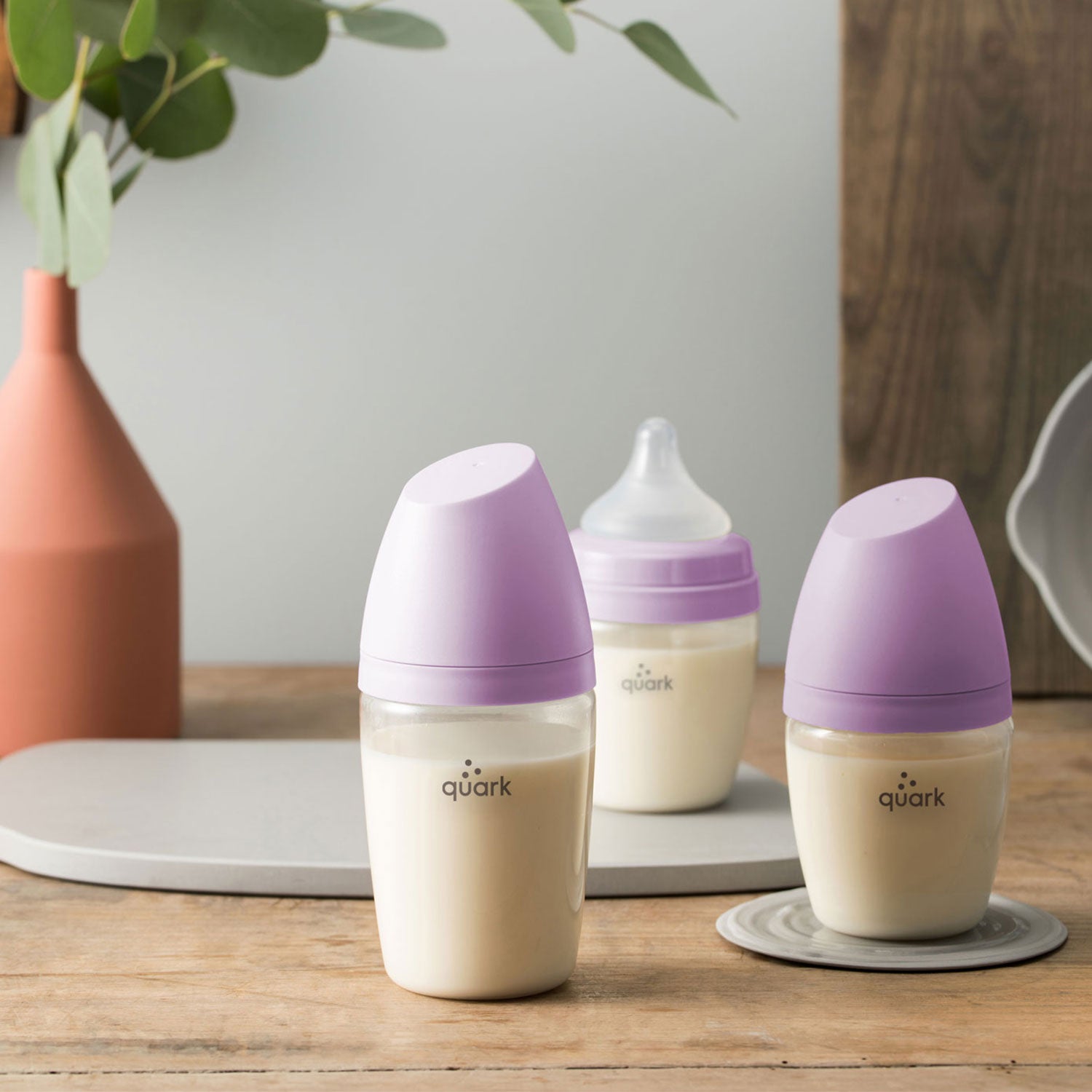
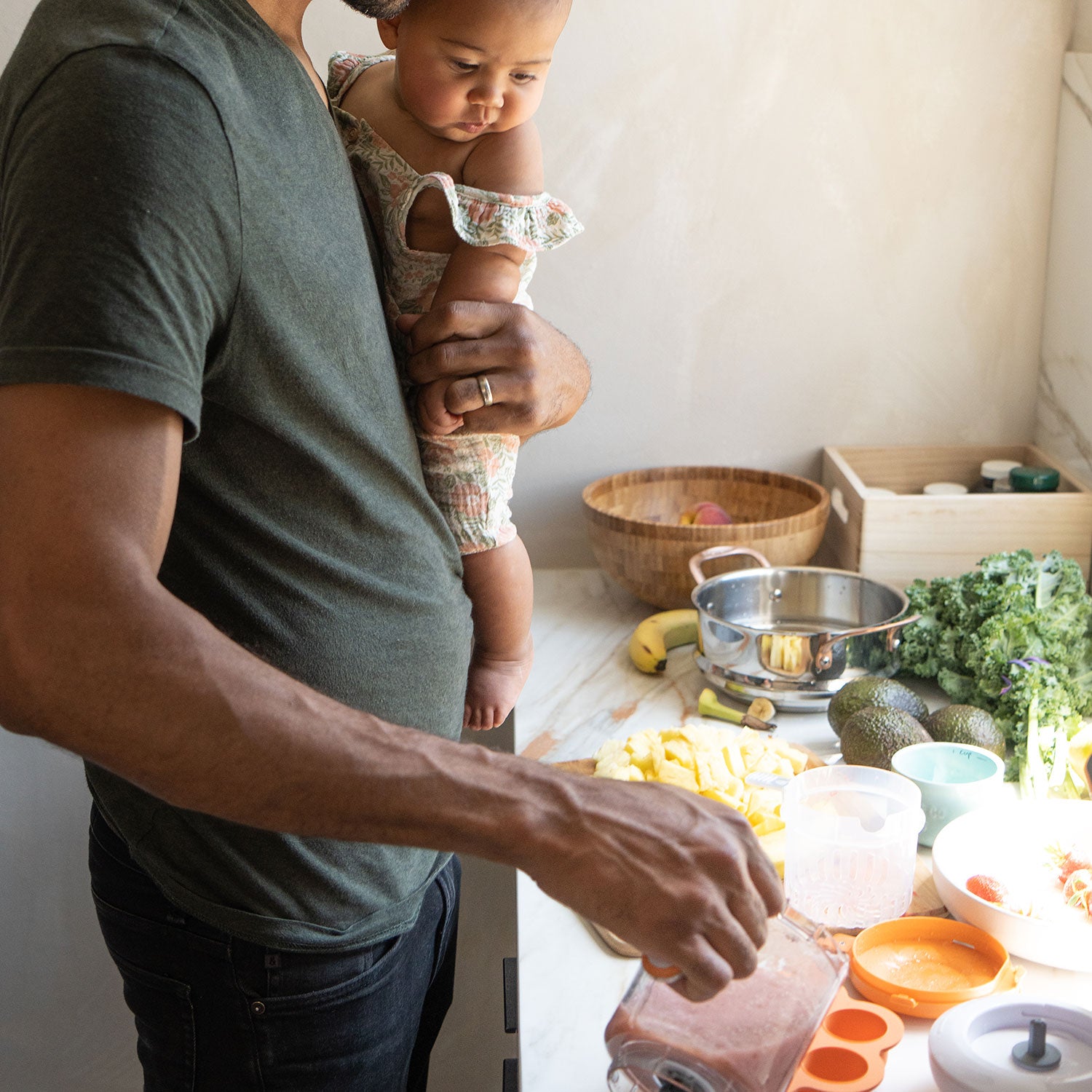
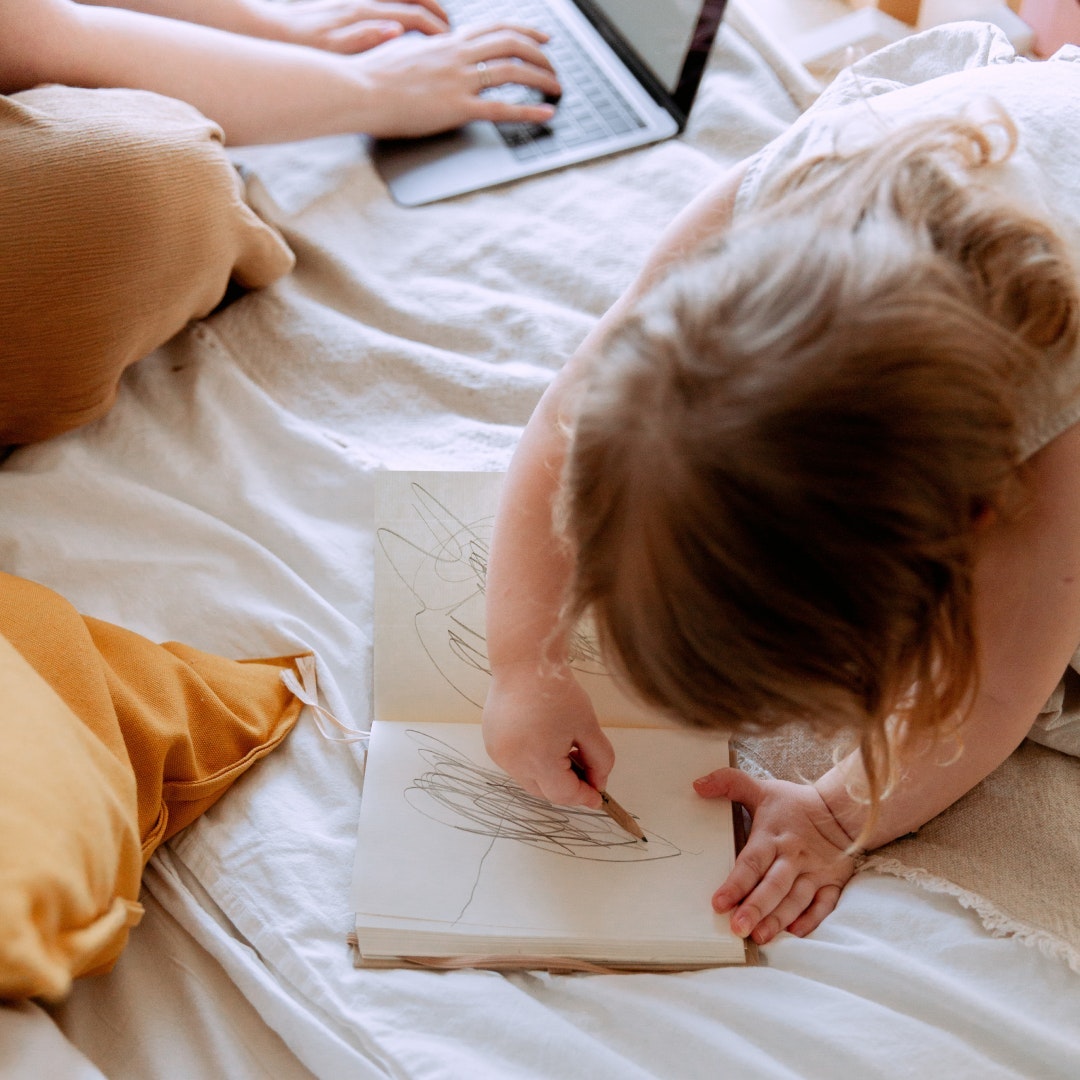
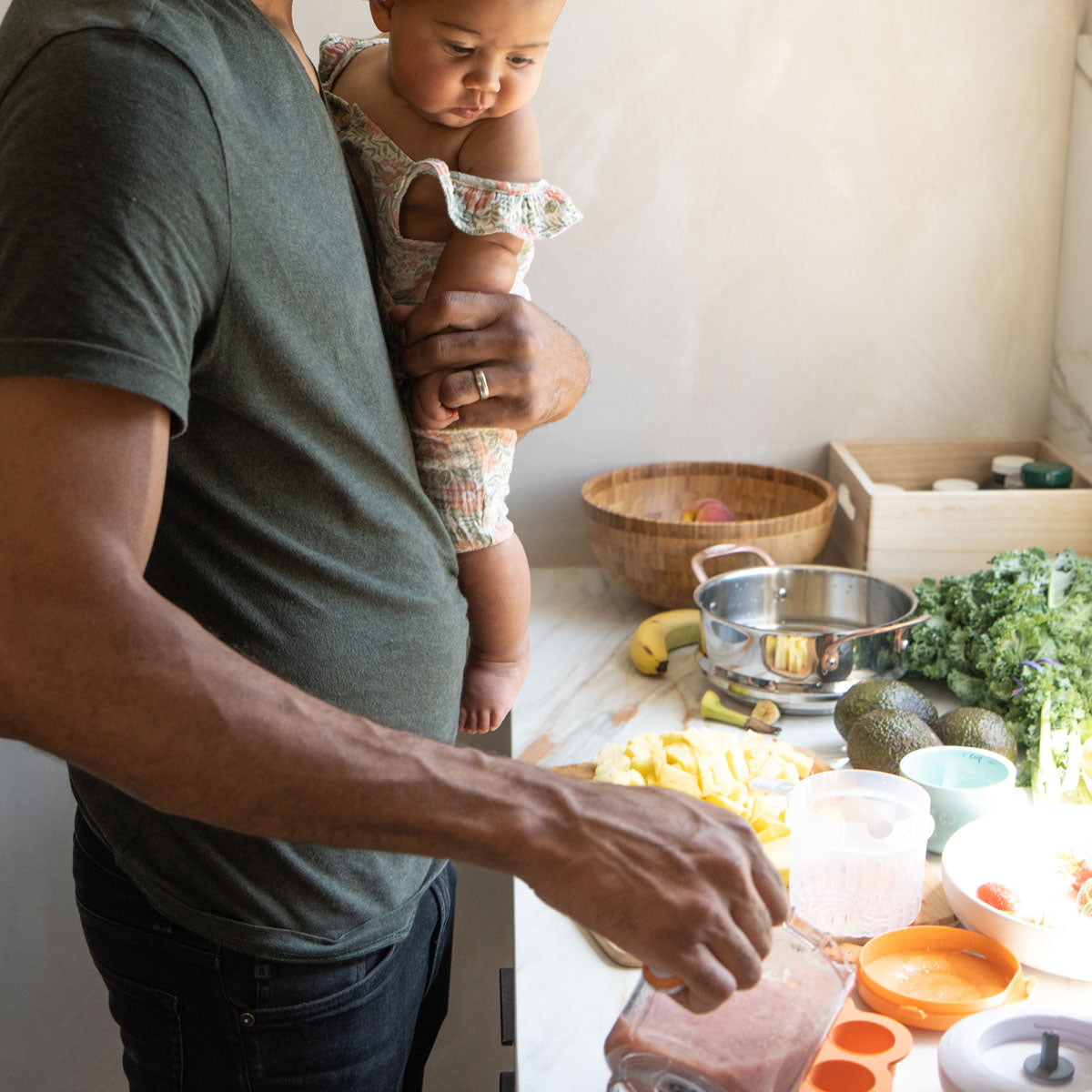
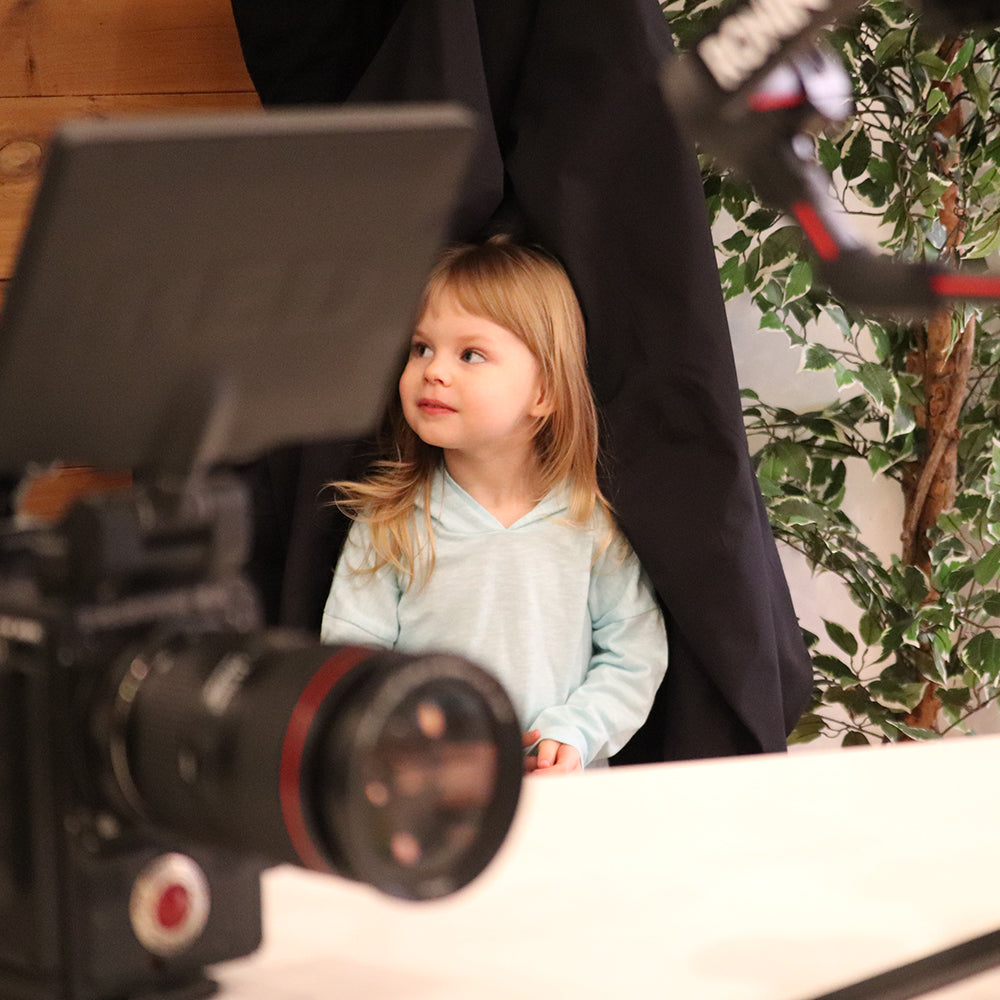
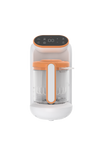
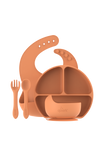
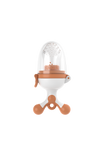
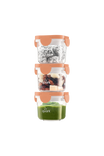
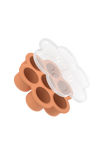
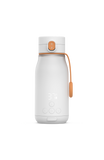
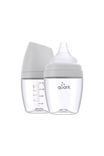
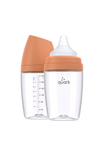
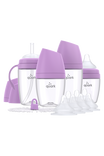
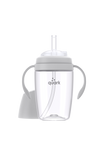
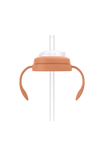
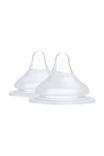
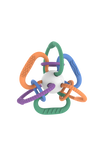
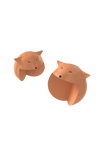
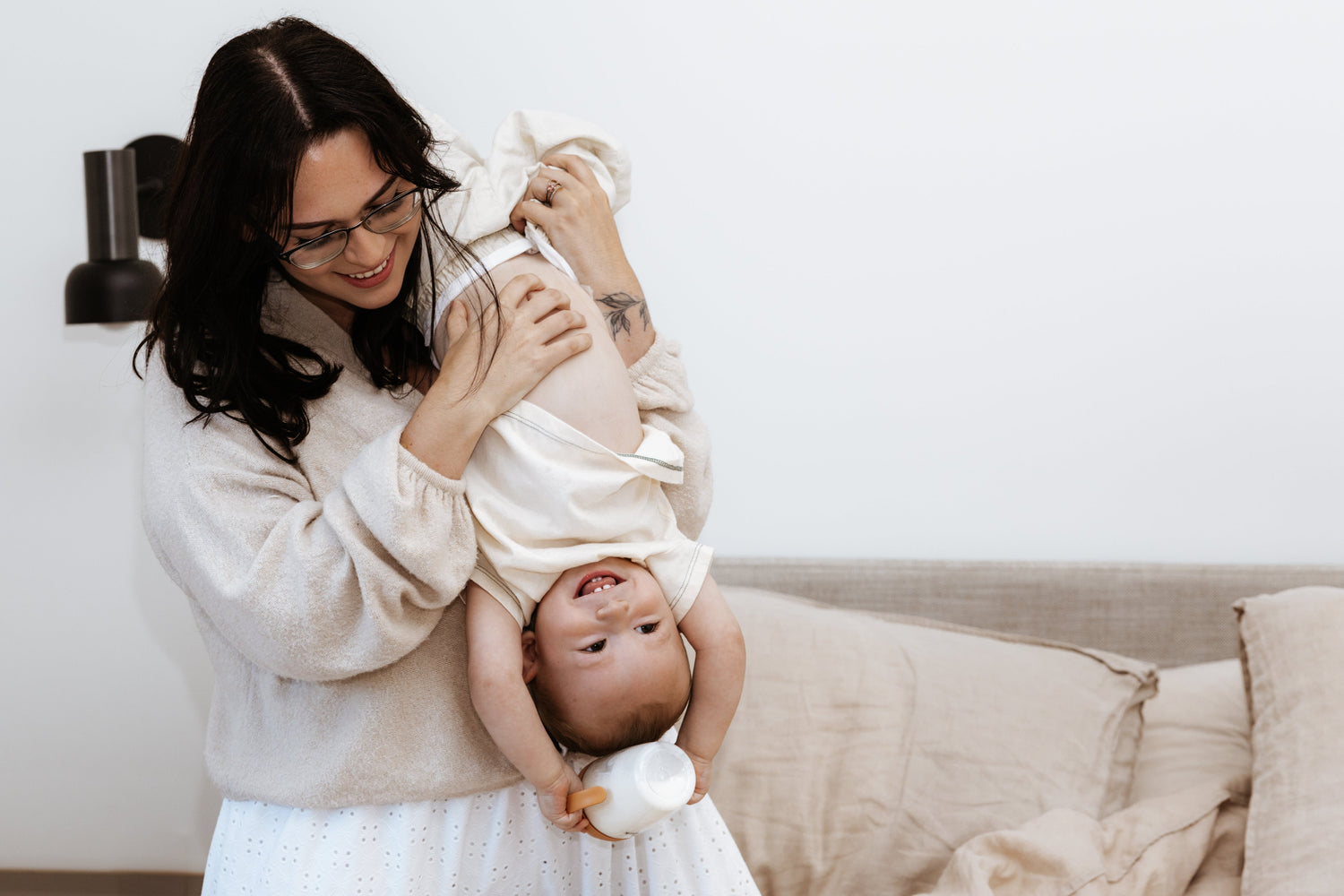
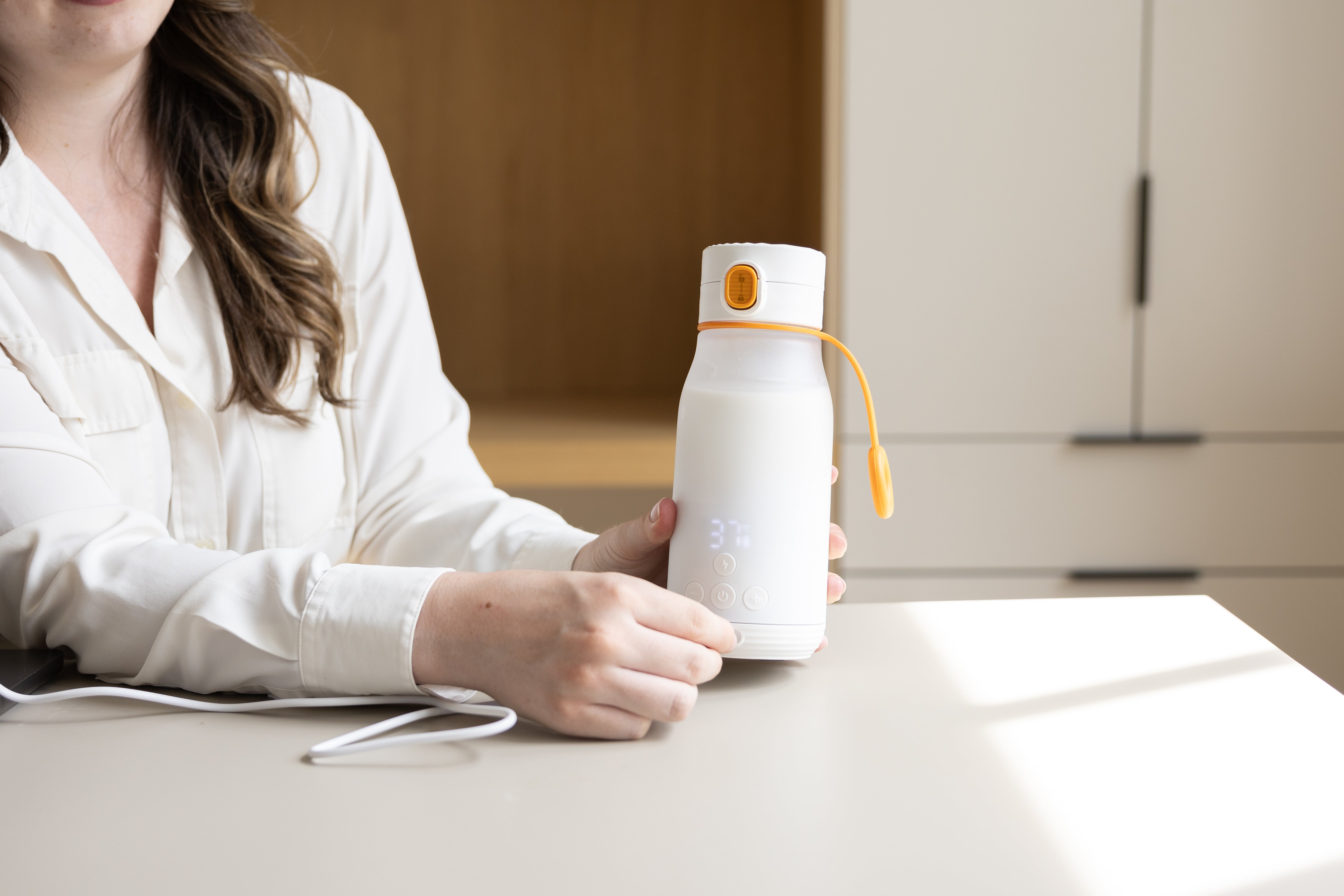
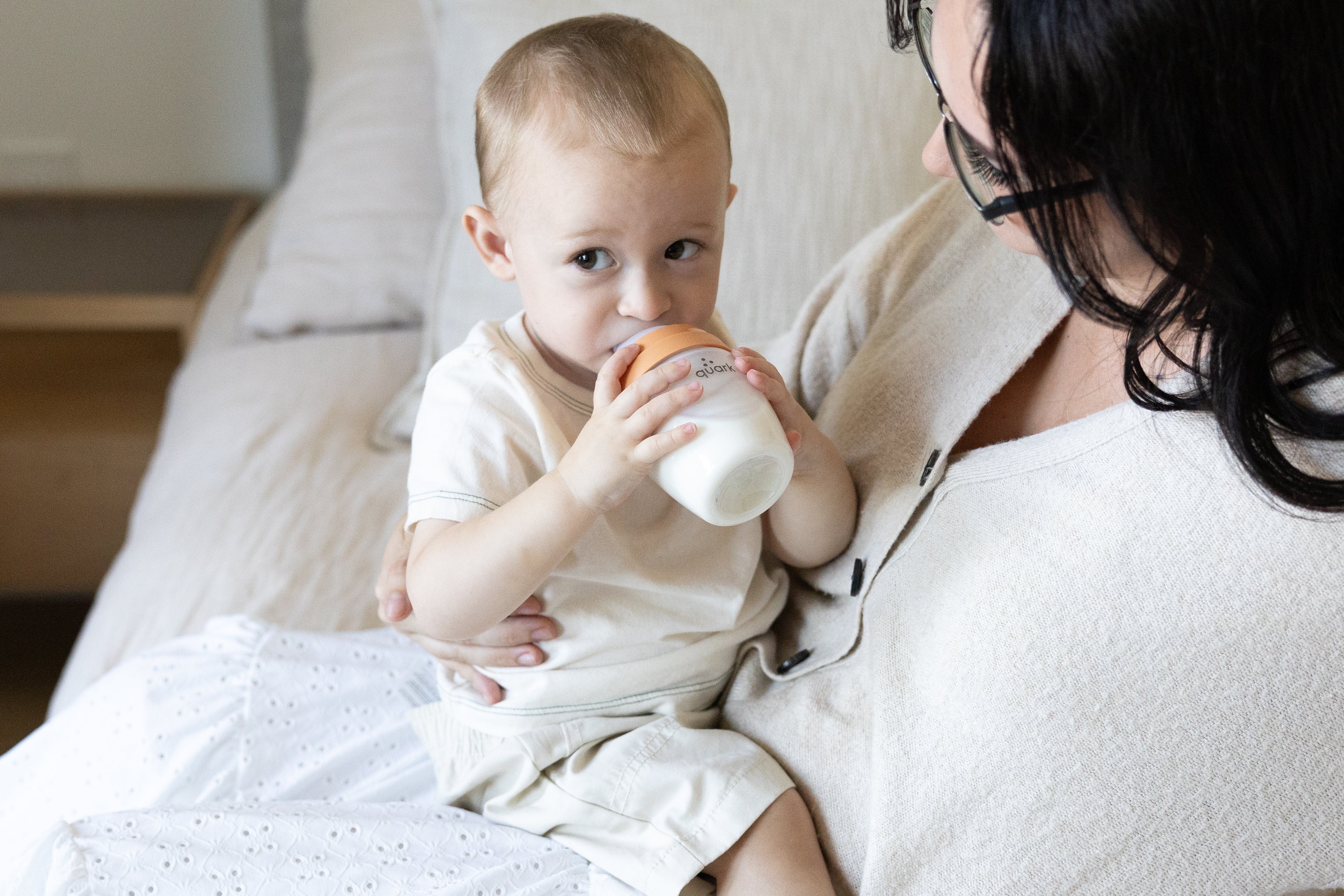
Leave a comment
All comments are moderated before being published.
This site is protected by hCaptcha and the hCaptcha Privacy Policy and Terms of Service apply.